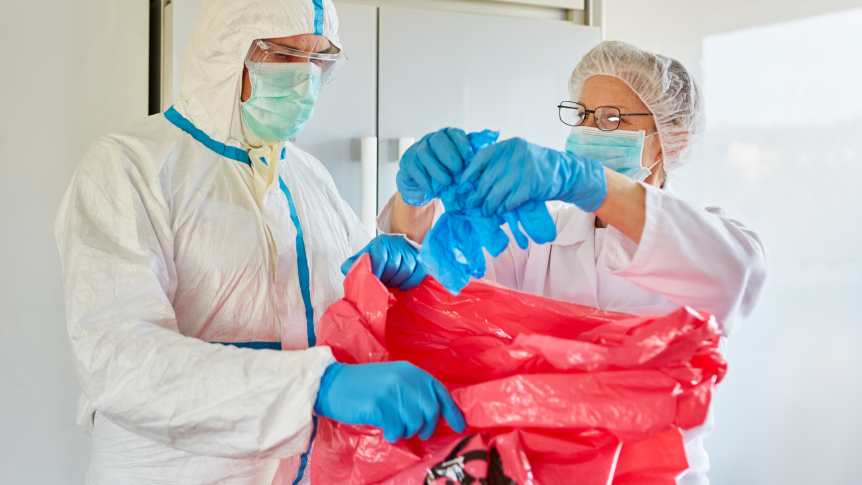Medical waste is any material that is generated in the diagnosis, treatment or immunization of humans or animals. This type of waste is regulated by law and requires special handling and disposal to prevent harm to public health and the environment. Medical waste can be generated by hospitals, clinics, laboratories, dental offices, veterinary facilities, and even households. In this article, we will discuss what medical waste is, why it is important to handle it properly, and how to remove it safely.
What is Medical Waste?
Medical waste is any material that is potentially infectious or hazardous to human health and the environment. It includes:
- Sharps, such as needles, syringes, and scalpels
- Pathological waste, such as human tissues, organs, and body fluids
- Microbiological waste, such as cultures and stocks of infectious agents
- Pharmaceutical waste, such as expired or unused medications
- Chemical waste, such as disinfectants, solvents, and heavy metals
Medical waste can be generated in a variety of settings, such as hospitals, clinics, laboratories, nursing homes, pharmacies, and households. It is important to handle medical waste properly to prevent the spread of infectious diseases and protect public health.
Why is Proper Handling of Medical Waste Important?
Improper handling of medical waste can lead to serious health and environmental hazards. Medical waste can spread infectious diseases, such as HIV, hepatitis B and C, and COVID-19. It can also contaminate water and soil, harm wildlife, and pollute the air. In addition, medical waste can pose a risk to healthcare workers, waste handlers, and the general public if it is not handled and disposed of properly.
How to Remove Medical Waste Safely?
Medical waste removal should be carried out by trained and licensed professionals who have the expertise and equipment to handle it safely. The process of medical waste removal typically involves the following steps:
- Segregation: Medical waste should be segregated at the point of generation and placed in appropriately labeled containers. Sharps should be placed in puncture-resistant containers, while pathological waste should be placed in leak-proof bags.
- Collection: Medical waste should be collected regularly by a licensed waste hauler and transported in a closed and secured vehicle to the treatment facility.
- Treatment: Medical waste should be treated using appropriate methods, such as incineration, autoclaving, or chemical disinfection, to render it non-infectious and safe for disposal.
- Disposal: Medical waste should be disposed of in accordance with local, state, and federal regulations. It can be landfilled, incinerated, or treated by other means, depending on the type and volume of waste.
Conclusion
Medical waste is a serious issue that requires proper handling and disposal to protect public health and the environment. If you generate medical waste, it is important to understand the regulations and requirements for its safe removal. By following the guidelines and working with licensed professionals, you can ensure that medical waste is handled and disposed of properly. If you have any questions or concerns about medical waste removal, contact a licensed waste hauler in your area.
For more information on medical waste removal, call Premier Bio Waste Solutions at 361-887-8386.
